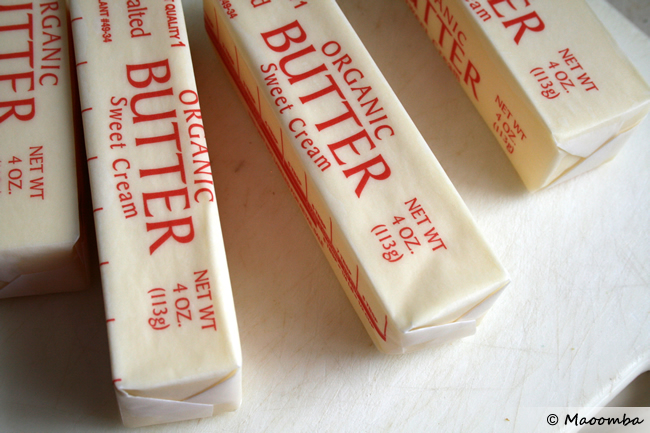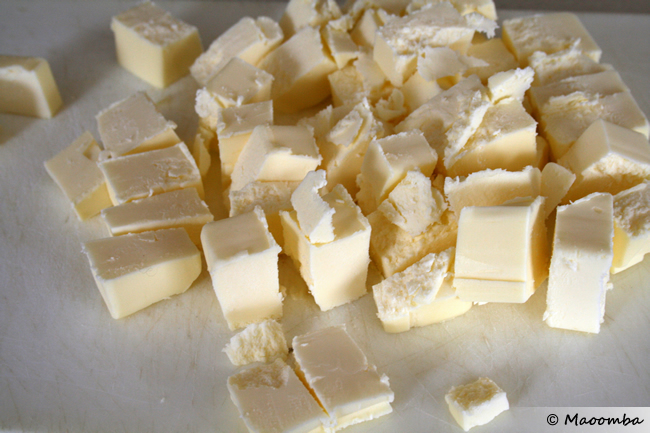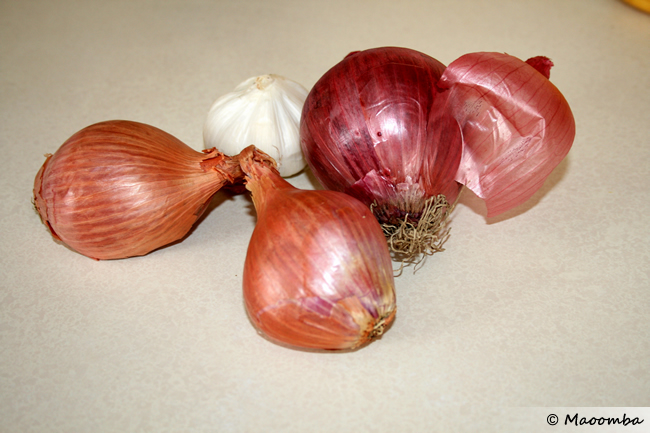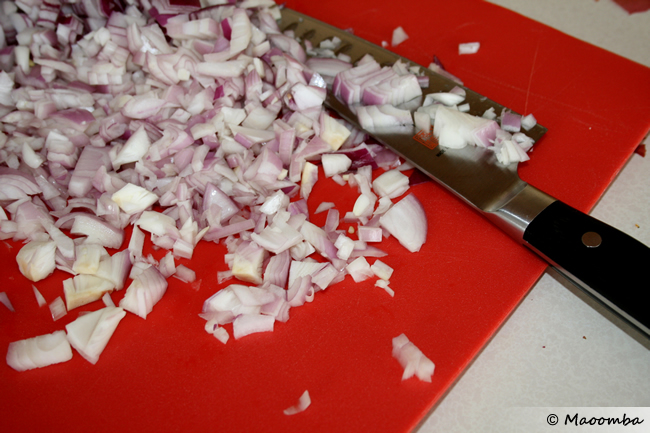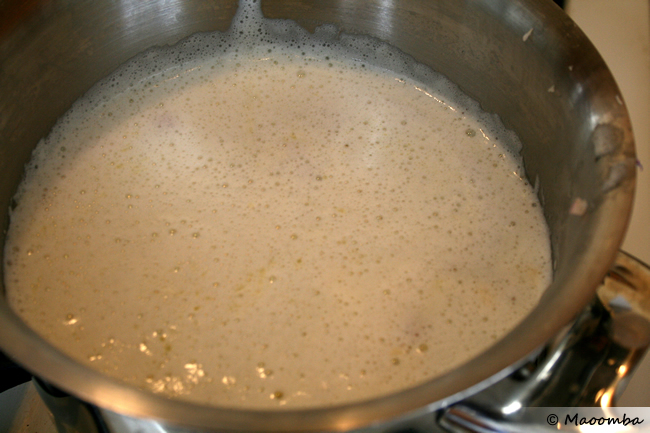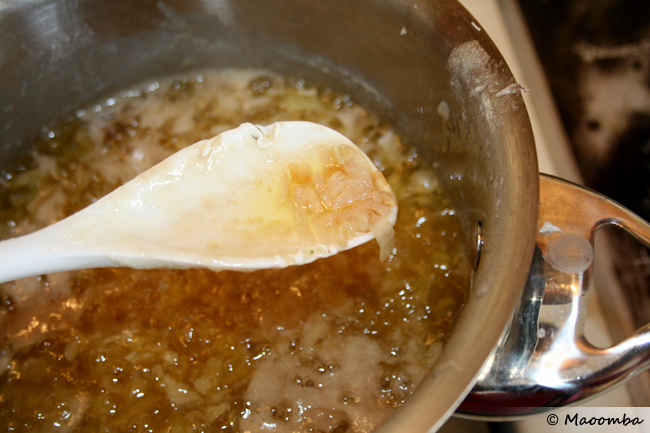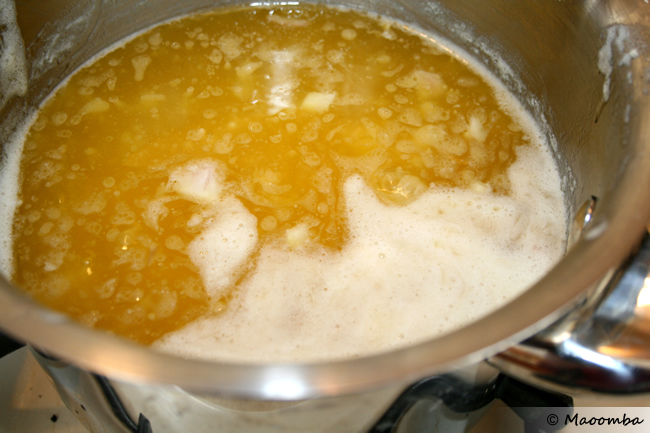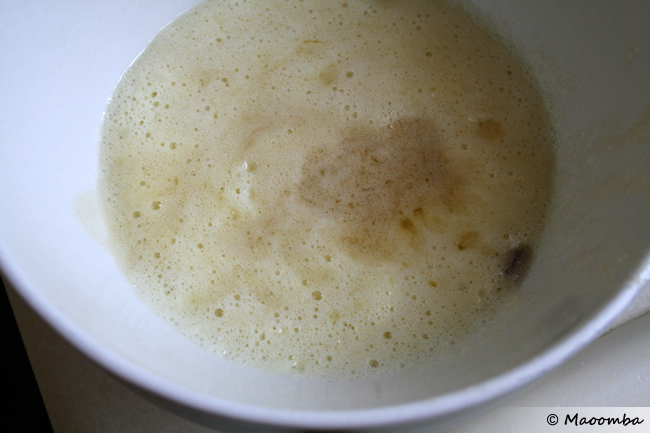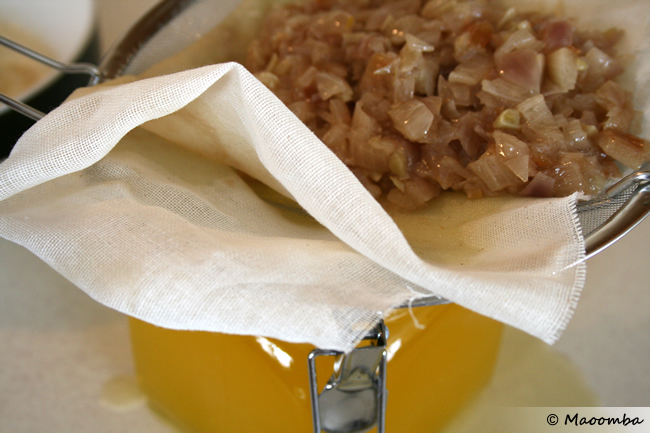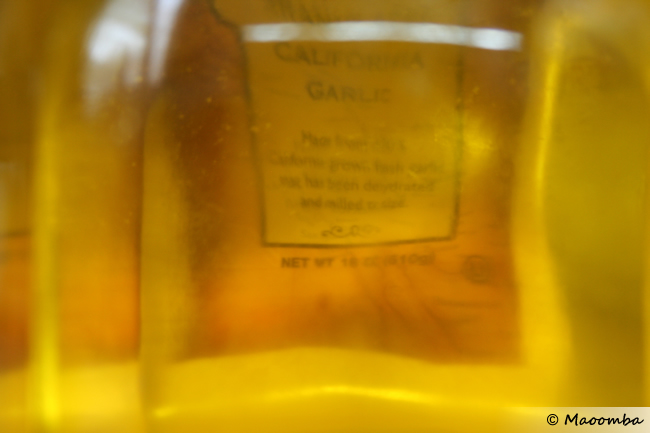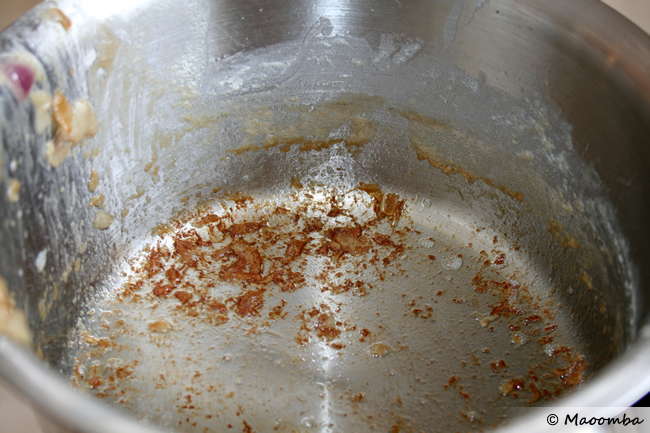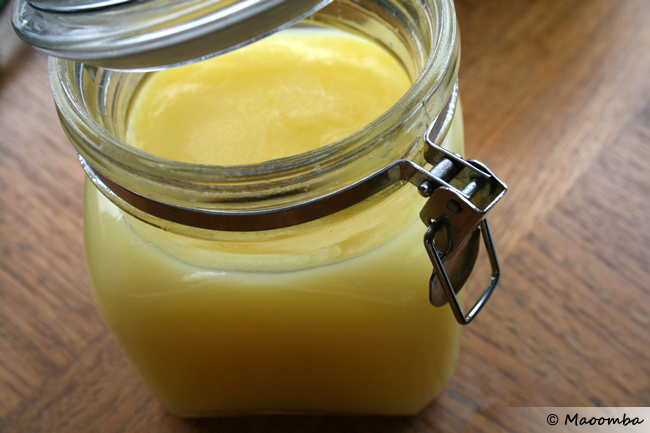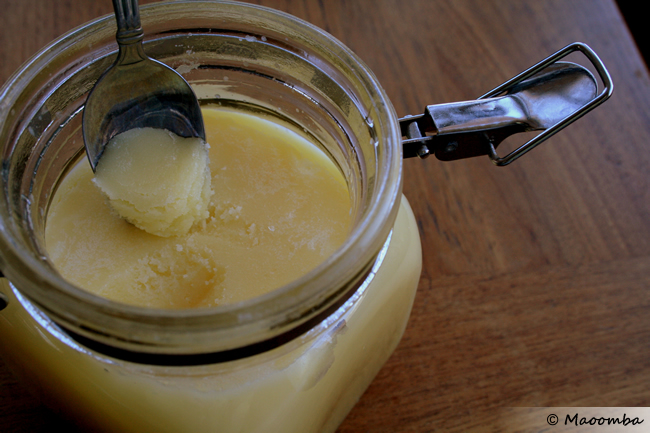I’ve been on a food book binge lately: biographies, non-fiction overviews of specific foods, recipe books, etc. One that I picked up is called Milk: The Surprising Story of Milk Through the Ages by Anne Mendelson.
It’s a strange selection for me – I don’t drink milk. In fact, I have avoided milk for several years because of how the whey protein affects me. But, one of the recipes in the book caught my eye specifically because it removes the whey – and other milk proteins – from the mix. The recipe was for spiced clarified butter, or ghee.
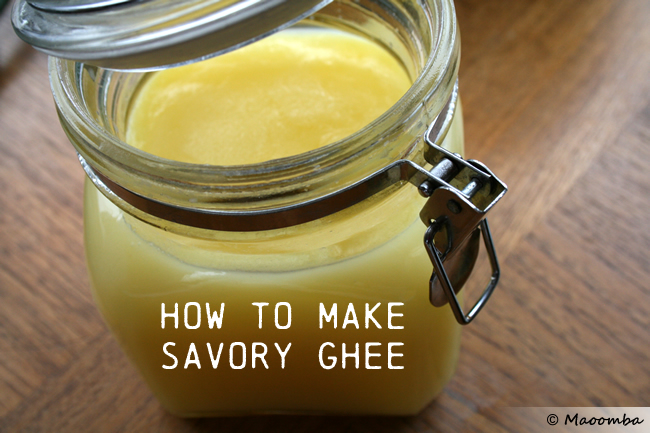
In the process of making ghee, the highly-perishable milk solids and water from butter are removed or evaporated, and you are left with the longer-lived fats. In other words, almost all of the lactose, casein, and whey proteins found in the milk solids are removed, making ghee a potentially wonderful “almost-butter” alternative for the dairy intolerant. Try it sparingly to see how you react to it.
Clarified, or drawn, butter has long been used in a number of South Asian, North & Eastern African, and Mediterranean cuisines. Provided that organic butter from grass-pastured cows is used, it has also gained recent favor among traditionalists, real-food enthusiasts, and Paleo nutritionists alike. The better the source of the butter, the better the ghee – both for flavor and for health.
Back to the Book
The Ethiopian spiced clarified butter recipe on page 52 (if you are interested in picking it up) in Anne Mendelson’s book, Milk: The Surprising Story of Milk Through the Ages, included shallots, ginger, garlic, turmeric, and various exotic spices like cloves, cardamom, and fenugreek.
While that sounds amazing, I decided to use onions, shallots, and garlic only – staples no matter what we cook around here. This will give us a chance to spice things according to what a recipe calls for, no matter the cuisine.
And for insight into the process, I turned to Anjuli of Smart Mouth’s post called Homemade Indian ghee if you dare. I highly recommend you visit her post for troubleshooting and cooking tips based on her family’s way of making ghee.
Savory Onion and Garlic Clarified Butter (Ghee) Recipe
Makes about 2 cups
- 1 pound unsalted, grass-fed, organic butter, cut into small pieces
- 1 medium red onion, minced
- 2 large shallots, minced
- 4 large garlic cloves, minced
Supplies you’ll need
- A knife and cutting board
- Stainless steel pot
- A spoon
- An air-tight jar – possibly one with a latch lid
- Fine-weave cheese cloth or muslin folded a few times
- A funnel (optional – I used a fine gauge strainer as a way to prop my muslin)
- Patience
How to Make Savory Clarified Butter (Ghee): A Photo Tutorial
A quick overview of the process from Wikipedia:
“To prepare ghee, the butter is usually melted in a stainless steel vessel over medium high heat. The butter begins to melt, forming a white froth [the whey] on top. It is then simmered, stirring occasionally and the froth begins to thin slowly and the color of butter changes to a pale yellow shade. Then it is cooked on low heat until it turns a golden color. The residue solids [which include the other milk proteins] settle at the bottom and the ghee, which is now clear, golden and translucent with a fragrant smell, is ready. The ghee is then filtered, and it will solidify when completely cool. The texture, color, and taste of ghee depend on the source of the milk from which the butter was made and the extent of boiling and simmering.”
Note: I had to cook mine at medium heat to achieve a very clear ghee within an hour. Monitor your heat.
Ways to Use Ghee
- You can substitute ghee for all butter uses
- Add it to soups for a touch of richness just before serving
- Instead of oil, add ghee to water when cooking rice
- Use ghee in marinades
- Sautee meat, fish, vegetables in ghee
- Replace a small portion of oil with ghee when making homemade mayonnaise
Personally, I’ve used it when scrambling eggs, in an other-wise dairy-free broccoli soup, and on baked spaghetti squash noodles. It is incredibly rich, so a little goes a looong way. Although, I seem to have lost my appreciation for dairy richness after so many years of eating next to none; you may not have the same issue.
Ghee Storage and Safety
Ghee is very shelf-stable and can last for more than a year. In fact – this stability and lack of need for refrigeration are the reasons that ghee was first developed. It helped cultures store dairy fats where no refrigerators existed. Despite not needing to refrigerate it in its pure state, some people still do – especially if you add fresh herbs and aromatics like onions and garlic to the mix. If you are at all concerned that you did not get all of the milk solids out or if you add other ingredients to your ghee, consider putting it in the fridge – it should last for 4 to 6 months.
Important: always store your ghee in an air tight container and make sure to use dry utensils when spooning it out of the jar so that you avoid reintroducing moisture.
